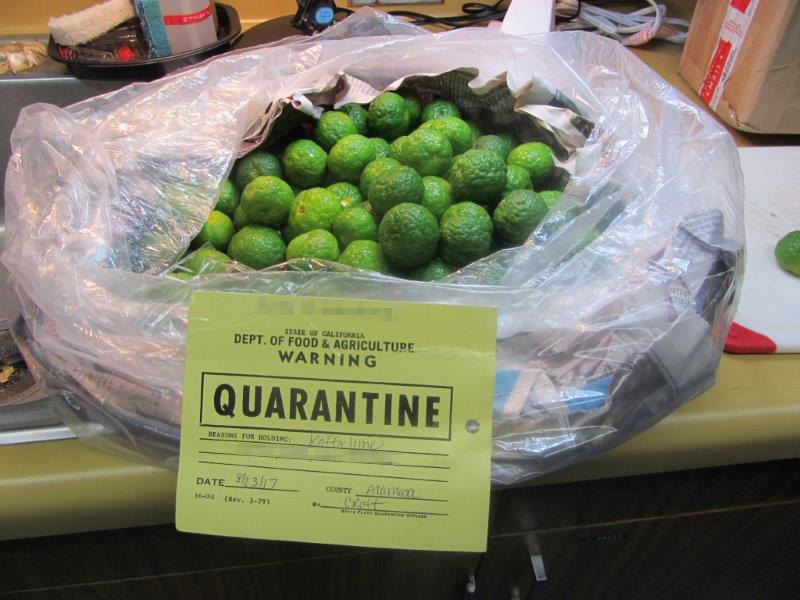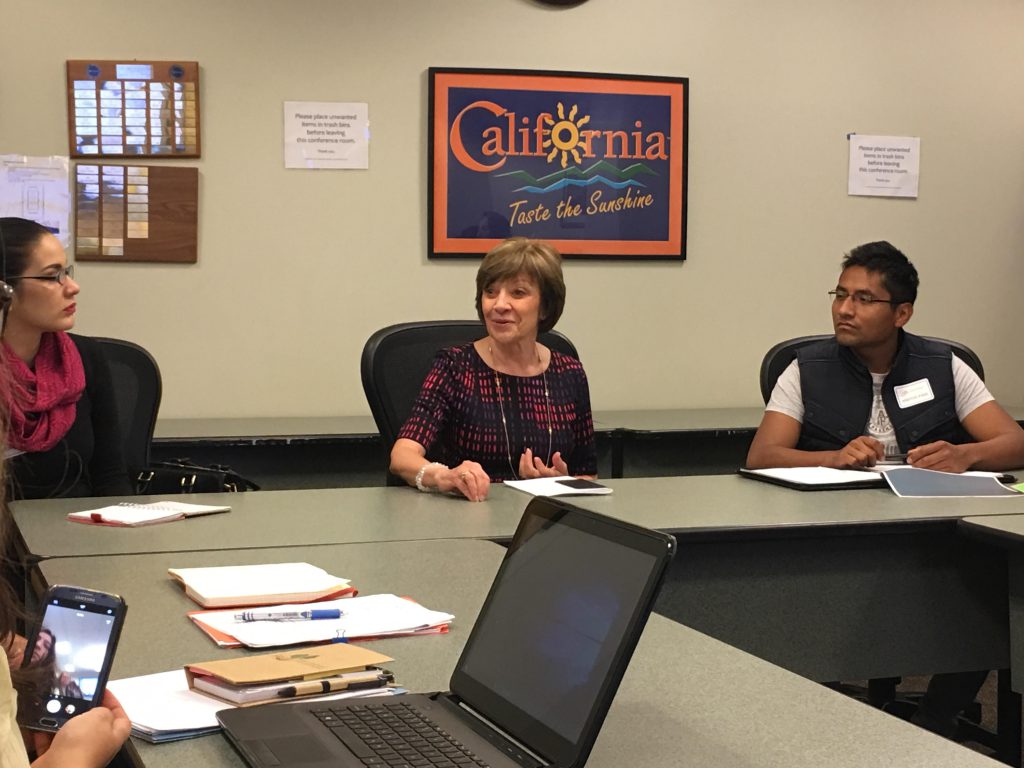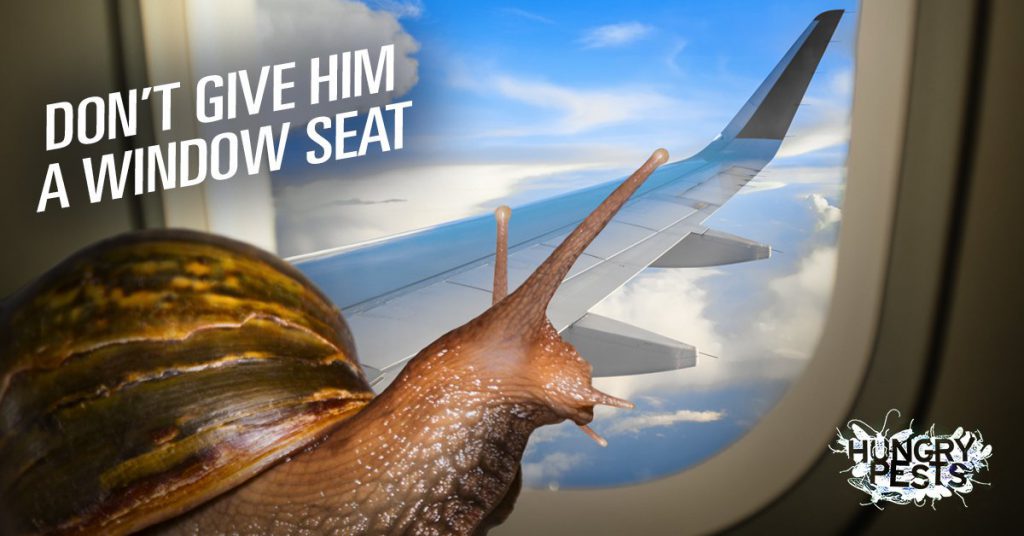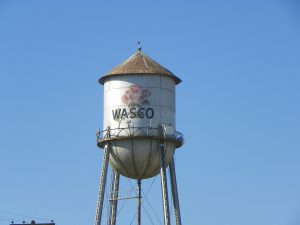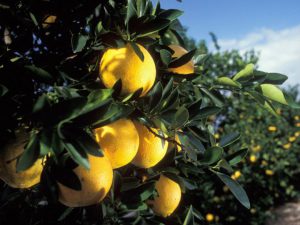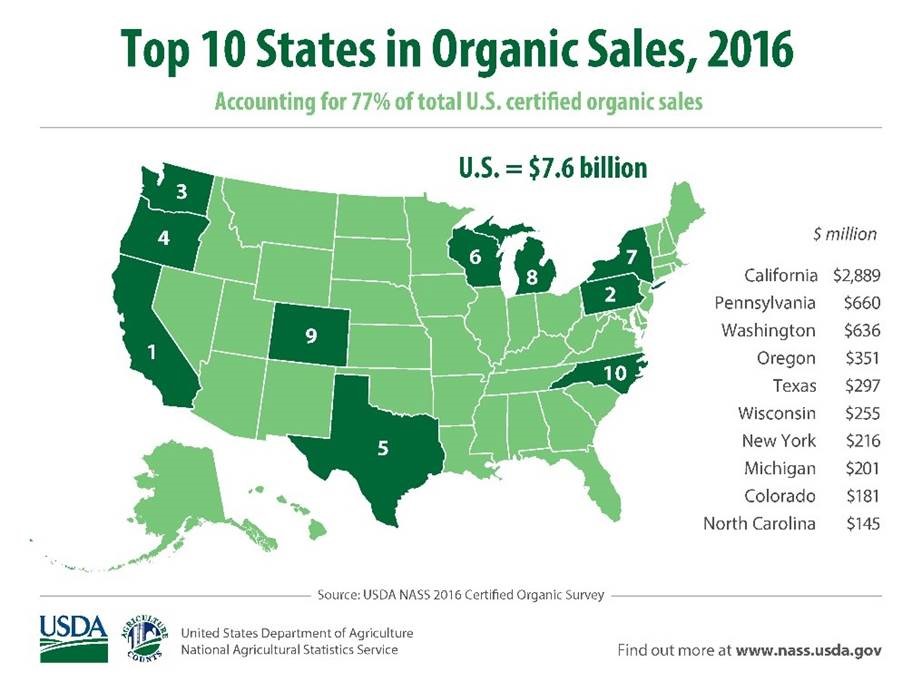
California, with $2.9 billion in certified organic sales, continued to lead the nation in certified sales, accounting for 38 percent of the U.S. total in 2016. It also had the largest share of certified organic acres and farms. Three states had more than 1,000 certified farms: California (2,713), Wisconsin (1,276), and New York (1,059).
Ten states accounted for 77 percent of U.S. certified organic sales, virtually the same share as in 2015 and 2014.
Crops accounted for 56 percent of the sale of certified organic production; livestock, poultry, and their products accounted for 44 percent. Organic production encompasses a wide range of commodities, including livestock and poultry products (primarily milk and eggs), with 2016 sales of $2.2 billion; vegetables, $1.6 billion; fruits, tree nuts, and berries, $1.4 billion; livestock and poultry, $1.2 billion; and field crops, $763 million.
The top commodities in 2016 were:
- Milk – $1.4 billion, up 18 percent
- Eggs – $816 million, up 11 percent
- Broiler chickens – $750 million, up 78 percent
- Apples – $327 million, up 8 percent
- Lettuce – $277 million, up 6 percent
Other top organic crops were strawberries, grapes, tomatoes, corn, potatoes, hay, spinach, and mushrooms.
NASS (the USDA’s National Agricultural Statistics Service) conducted the 2016 Certified Organic Survey in conjunction with USDA’s Risk Management Agency (RMA). “RMA relies on the information to expand crop insurance options and set price elections for organic production, “said RMA Acting Administrator Heather Manzano.
The survey is a census of all known U.S. farmers and ranchers with certified organic production in 2016. Producers must meet the standards set out by USDA’s Agricultural Marketing Service’s National Organic Program and be certified compliant by an approved agent of the program. Survey results are available at www.nass.usda.gov/organics or the Quick Stats database at https://quickstats.nass.usda.gov.

